
Looking for books
on this subject ?
A Guide To
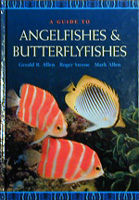
Angelfishes
& Butterflyfishes
The Conscientious
Marine Aquarist
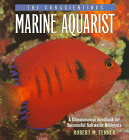
Ultimate Marine Aquariums

Saltwater
Dream Systems
|
|
|||||
|
The family Pomacanthidae contains nine genera with eighty eight (and growing) species. This family of fishes are differentiated as a result of a stout spine on the gill cover, hence the Latin name Pom = "cover", acanthus= "spine". These spines are liable to get tangled in nets, poke other livestock, the bags they are in and you. This is often stated as an easy distinguishing mark between them and the closely related butterflyfishes. The nine genera of angels in the world are; APOLEMICHTHYES This genus contain only 6 species with Black Banded and Goldflake angels being good examples. They are prone to picking at their food, so take a piece of coral and imbed frozen well balanced foods. Frequent small feedings will greatly improve their chances. CENTROPYGE There are over 32 species of dwarf angels with new species being discovered all the time. Familiar examples include; Flame, Potters, Coral Beauty, Lemon Peel and the Resplendent. Dwarf angels need lots of algae to graze upon, and are very popular introductions into reef aquariums. In the wild they are often found in small shoals of females with one dominant male. If the male is lost, the dominant female simply turns into a male! CHAETODONTOPLUS They are the expensive but hardy Personifier and Scribbled angels. They like to pick at their food, and may be trained to eat lettuce from ones hand! GENICANTHUS The Genicanthus angels are quite unique. The male and female are usually different colors and unlike other angels they thrive on a high protein diet of mysis shrimp and other plankton. Soak some of their food in vitamins to insure ample micro nutients in their diet. HOLOCANTHUS These eight include the Queen, Blue and Rock Beauties and are some of the most aggressive and larger of the group reaching a length up to 1 foot. They need a very diverse diet, including lettuce, flakes, plankton and live rock to graze upon. If not taken care of they are prone to developing Lymphocystis. This is a very non-fatal, non communicable disease that resembles small whitish specks located a the margins of the body. It canít be cured but will be kept in check when provided with a good diet and water quality. POMOCANTHUS French, Navarchus and the Cortez angels round out this group. They are usually quite secretive at first, especially Navarchus like angels, so insure that they get some food. Lettuce, live rock and flakes are a good start. As juveniles they may clean other fish and usually do not at all resemble the color patterns of the adults. PYGOPLITES AND EUXIPHIPOPS The Regal and Navarchus (note some authorities put this fish in the genus Pomocanthus) are perhaps the most challenging. They are passive feeders that do not do well in a tank with lots of commotion. Feed them frequently and insure they get plenty of different foods. Small specimens would do best if placed in a reef aqaurium. SUMIREYAKKO Purple-Mask or Blue-Backed Angelfish. Formerly of the genus Centropyge, now placed in the genus Sumireyakko, and mis-placed by some authors in the genus Paracentropyge.
' Build Your Aquarium On-Line
'
___________________________________________
__________________________________________
_________________________________________
MACNA X
____________________________________________
|
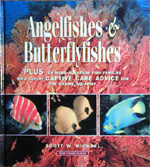
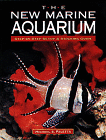
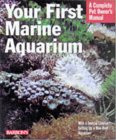


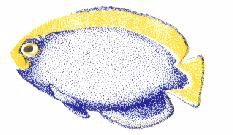
 Aquariums,
Ponds, Fish and Aquatic Information.
Aquariums,
Ponds, Fish and Aquatic Information.